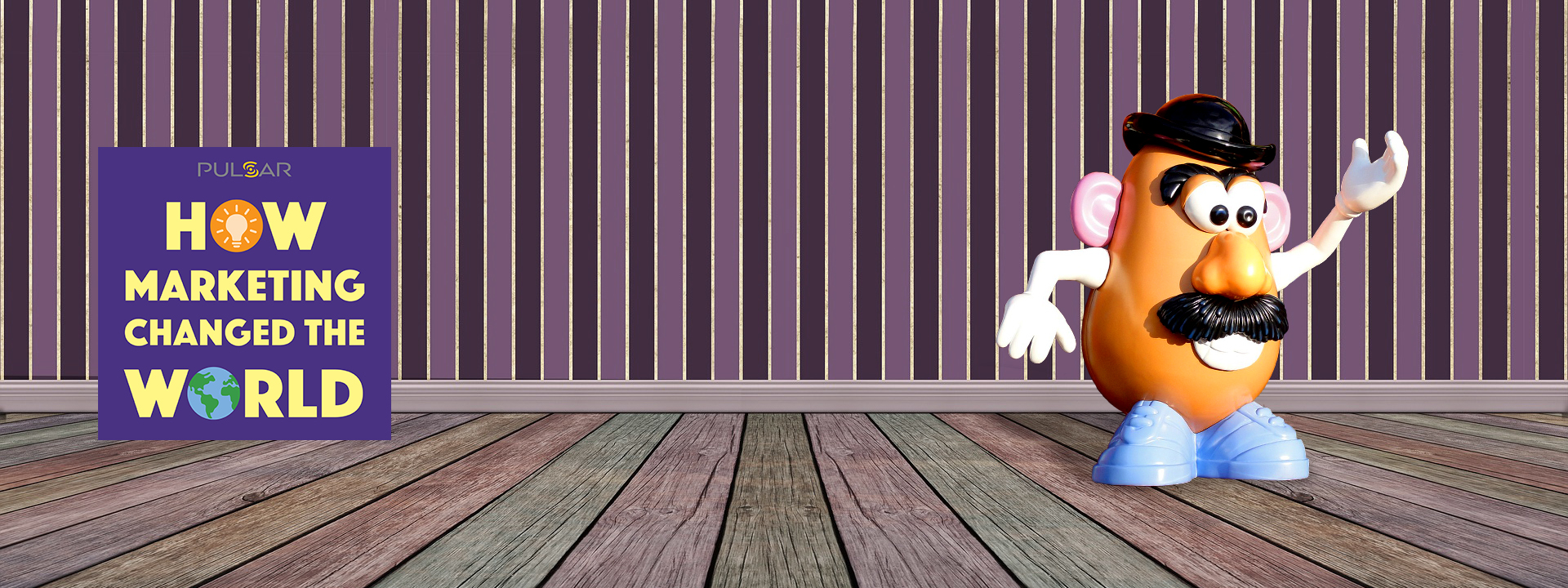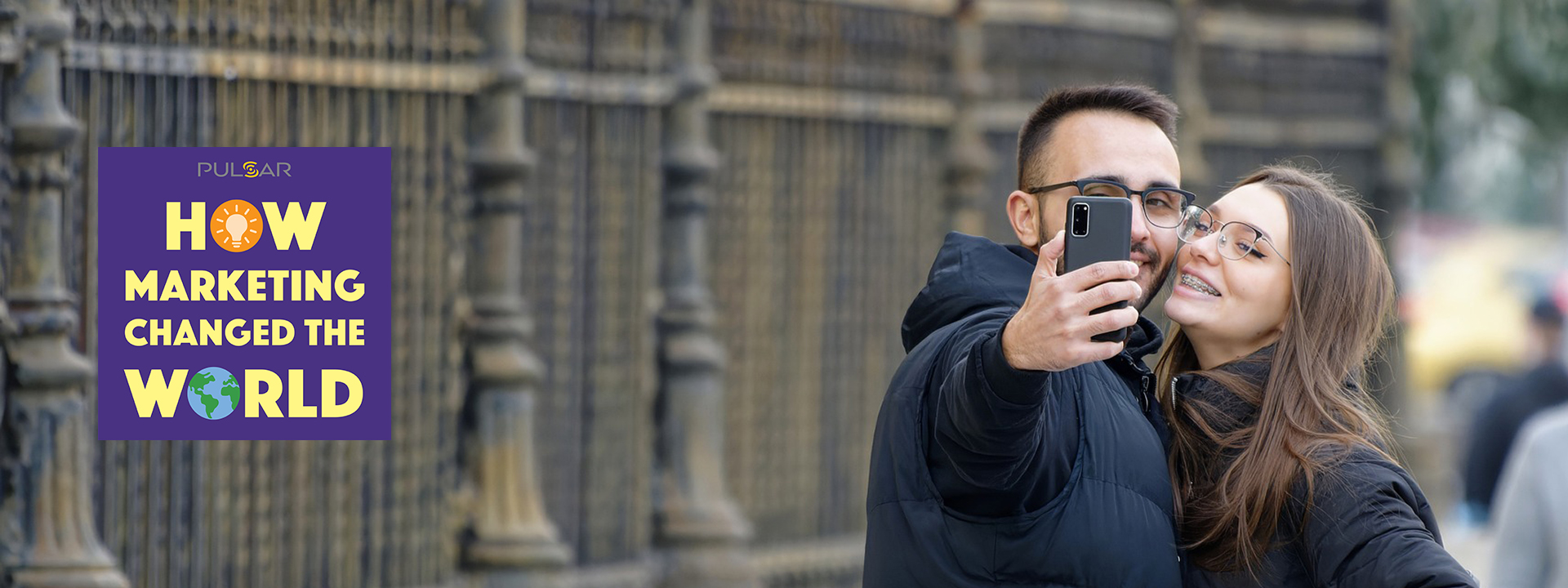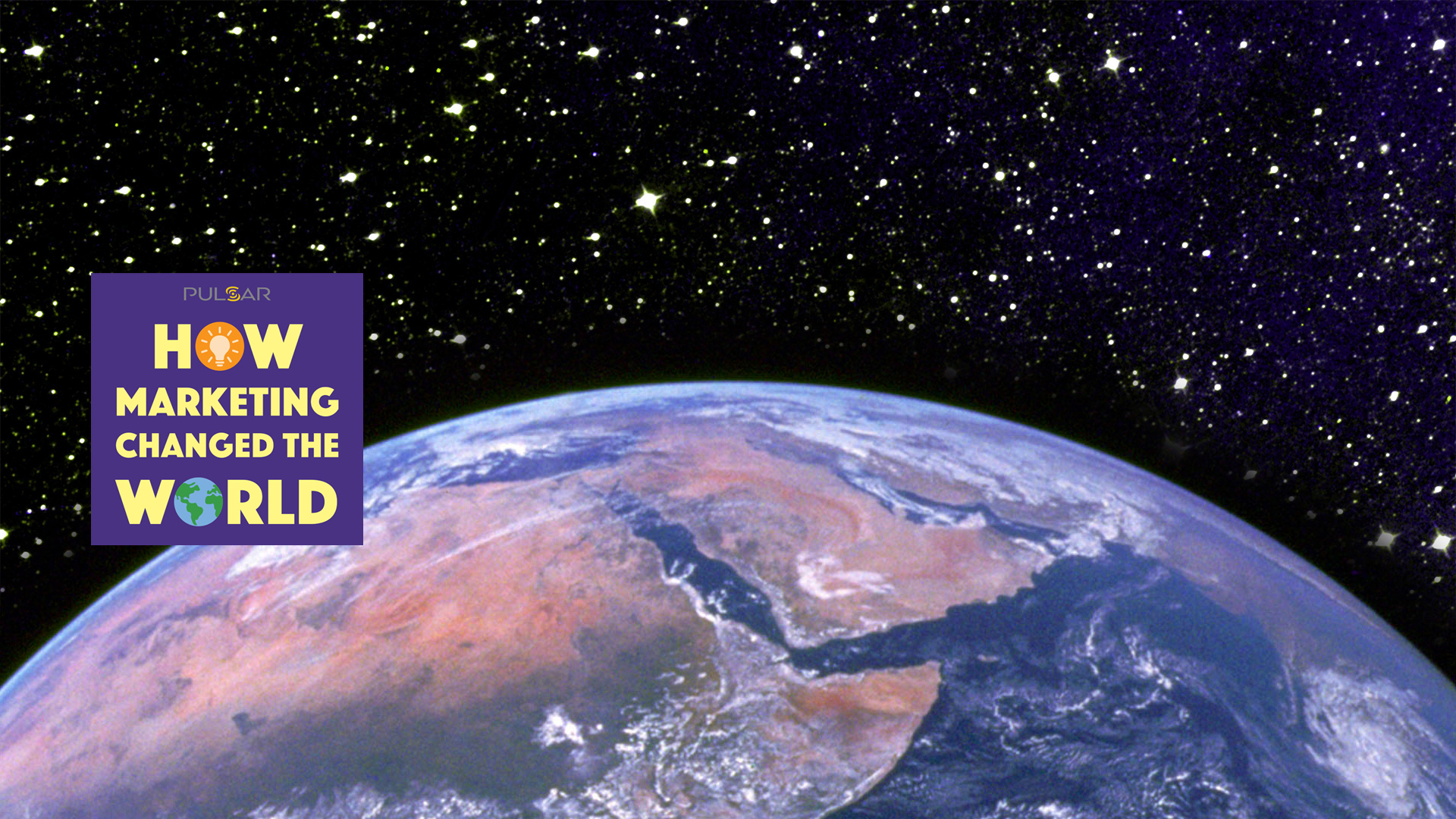
MR. POTATO HEAD
According to a study released by Harvard, social media companies made almost $11 billion from children in 2022. The most frequently cited figure on children's exposure to media advertising claims that, on average, children are targeted more than 3000 times every day. That doesn't represent how many times children actually see ads, obviously, because that figure is ridiculously high, but it demonstrates the importance children play in the minds of advertisers. Children under 18 account for $180 billion in spending every year in the United States. But this wasn't always the case. As recently as 70 years ago, no company dreamed of advertising directly to children. But a textile company that had evolved into a toy company, Hassenfeld Brothers, changed everything the moment they decided to experiment with a brand new medium: television.

ALUMINUM
There are several examples of differences that exist between American and British English. Americans do not spell color or favorite with the letter "u." Brits spell colonize and apologize with an "s" rather than a "z," and would add that the letter is actually zed. British pronunciation differs for words like garage, privacy, and controversy. While a lot of speculation exists that tries to explain the origins of these differences, much of it is shrouded in history and mystery. Some of it is timing, some of it is the isolation of an ocean, some of it is resentment of colonization, and some of it is just the natural evolution of language. But there's one word that we know definitively when and how it changed in America. And it was changed by a company.

WINE
In 2022, California shipped almost 270 million cases of wine around the world, collecting over $50 billion. The United States is the fourth largest producer of wine (behind France, Italy, and Spain) and the number one consumer of wine. But this wasn't always the case. In the early days of the country, Thomas Jefferson fought to create a culture that enjoyed wine, believing the United States would become more refined as a society if it were more like France. His dream would become a reality, but only after two key marketing ideas were introduced in the 20th century.

THE PLEDGE OF ALLEGIANCE
On June 22, 1942, Congress adopted the Pledge of Allegiance as the official oath of the United States. In addition, the law also created the official Flag Code, including regulations for display, care, and etiquette of the American flag. The only change made to the Pledge after it was signed into law was on June 14, 1954, when two words were added, rendering it in its current state today.

THE OLYMPICS
Next month, on April 16, one of the most enduring rituals of the past century will begin. In a sacred ceremony in Olympia, Greece, the birthplace of the Olympics, the rays of the sun will light the Olympic torch, and it will begin its journey to Paris. Over 68 days, 10,000 different people will carry the torch throughout France, ultimately arriving across the Seine from the Eiffel Tower on July 26 for the now iconic and epic Opening Ceremony of the XXXIII Olympiad. This event is so deeply entrenched in the lore and culture of the games that it would seem to have always been a part of the Olympics, but along with most of the other aspects of the games that have elevated them to legendary status, it had a definite beginning. It all started in 1936 with a truly despicable propaganda campaign.

DIAMONDS
In 2022, over 2 million engagement rings were sold in the United States. Almost 90% of those rings featured diamonds. That same year, diamond sales made up $340 billion of the global economy. But historically, diamonds were never that popular, and certainly weren't associated with marriage. That cultural shift occurred in the 1940s when one company decided to redefine the marriage proposal.

SELFIES
The word "selfie" first appeared in an Australian internet forum in 2002. By 2013, "selfie" was declared the "word of the year" by the Oxford English Dictionary. With the invention of the digital camera in 1975, and the first phone with a camera in 1999, photography had evolved to allow an individual to effectively take a snapshot of anything at any time. But it wasn't just technology which caused this phenomenon to explode around the world. The vision of this behavior was actually cast in the early 1900s with an innovative marketing campaign.

HOW MARKETING CHANGED THE WORLD
Culture changes constantly. Most of us think it happens organically, shaped by things like technology, art, politics, or activism. But you'd be surprised how many deep-seated behaviors and beliefs were actually created by carefully-crafted marketing campaigns. Smiling for photos, diamond engagement rings, even the pledge of allegiance - all of these were created by a corporation that was intentionally trying to change our minds, and it worked. In How Marketing Changed the World, we'll explore the fascinating true stories behind some of the most successful, and often unknown, marketing campaigns of all time. Join us every month to learn how powerful marketing can be, and perhaps how to rethink or enhance the promotion of your own brand.












